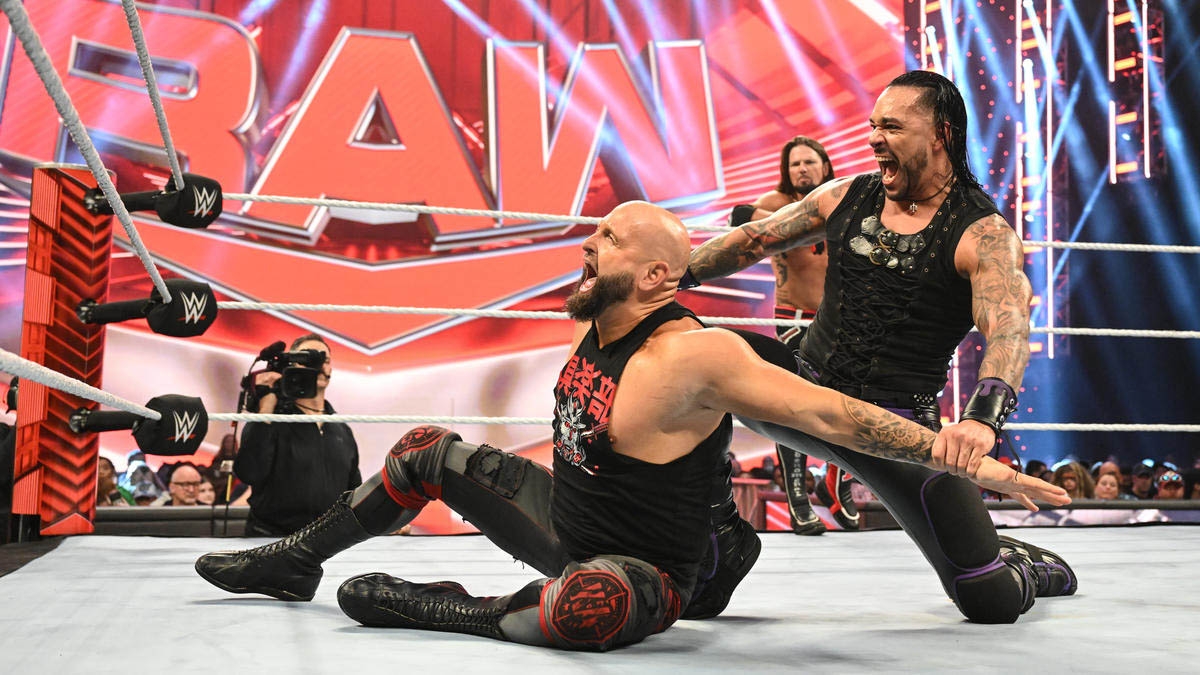
Where did my energy go?
By Dr. Josée Boyer, ND
The diagnosis of iron deficiency anemia is a common occurrence in naturopathic practice. Iron is a mineral needed by the body to carry oxygen from the lungs throughout the body bound to a blood cell by the protein hemoglobin (Hgb). Too little iron in the body is referred to as iron deficiency anemia and is the leading cause of anemia in North America. Inadequate supplementation or excessive blood lossare the most common causes. Women are particularly susceptible since blood loss through menstruation occurs on a monthly basis, especially if menses are heavy. In this population, the most common symptom experienced is fatigue which impairs ability to do physical work and affects mental function and concentration, a common complaint we see in the clinical setting.
Early stages of iron depletion can be asymptomatic or only present as fatigue. In these stages, ferritin levels can be depleted without the changes in the CBC, but it is often an overlooked test when ordering routine blood-work. Most women of childbearing age could benefit from screening for iron depletion in the form of a serum ferritin test (a reflection of the body’s iron stores). Iron depletion can eventually lead to full-blown anemia, which is easily avoided with daily low-dose iron supplementation. Also, iron requirements double during pregnancy, and stores can continue to drop with each subsequent pregnancy due to the body’s increasing demands for iron.
When considering what form of iron is best to take for you, this mineral is found in various foods but under distinctive forms with differing absorption profiles. Food based iron from meat, poultry and fish tends to be absorbed two to three times more efficiently than sources coming from plants. Heme iron is usually sourced from red meat, poultry, and organ meats such as liver, which your body can easily assimilate. Vegetarian and vegans who primarily consume plant-based diet consume the less absorbable form of non-heme iron, found in green leafy veggies like spinach, putting them at higher risk of deficiency. This warrants careful meal planning to ensure adequate daily intake. Simultaneous consumption of vitamin C containing foods can increase the amount of iron absorbed, such as citrus fruits. Most iron supplements on the market today contain non-heme sources usually bound with other amino acid chelates to enhance the absorption profile.
A diet rich in leafy vegetables, meat when appropriate and appropriate lab-work is the foundation for beating fatigue associated with iron deficiency anemia. Prevention with iron rich foods and supplementation when necessary is the best standard of care.

Disclaimer: This article is not intended to provide medical advice, diagnosis or treatment.
Josée is a Naturopathic Doctor at Ottawa Holistic Wellness Centre. Her clinical focus the study of interactions between the psychological processes and the nervous and immune systems of the human body. She focuses on anxiety, stress, insomnia and depression which can cause fatigue, digestive complaints, a weak immune system and pain.









